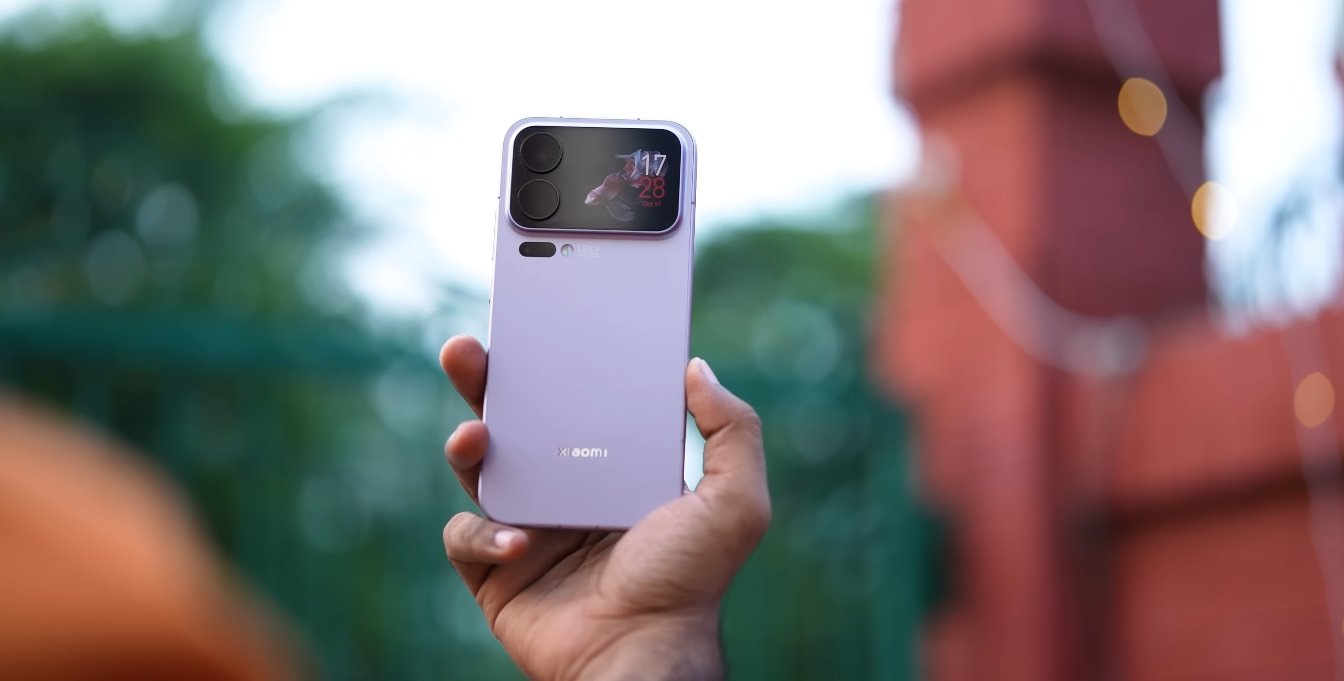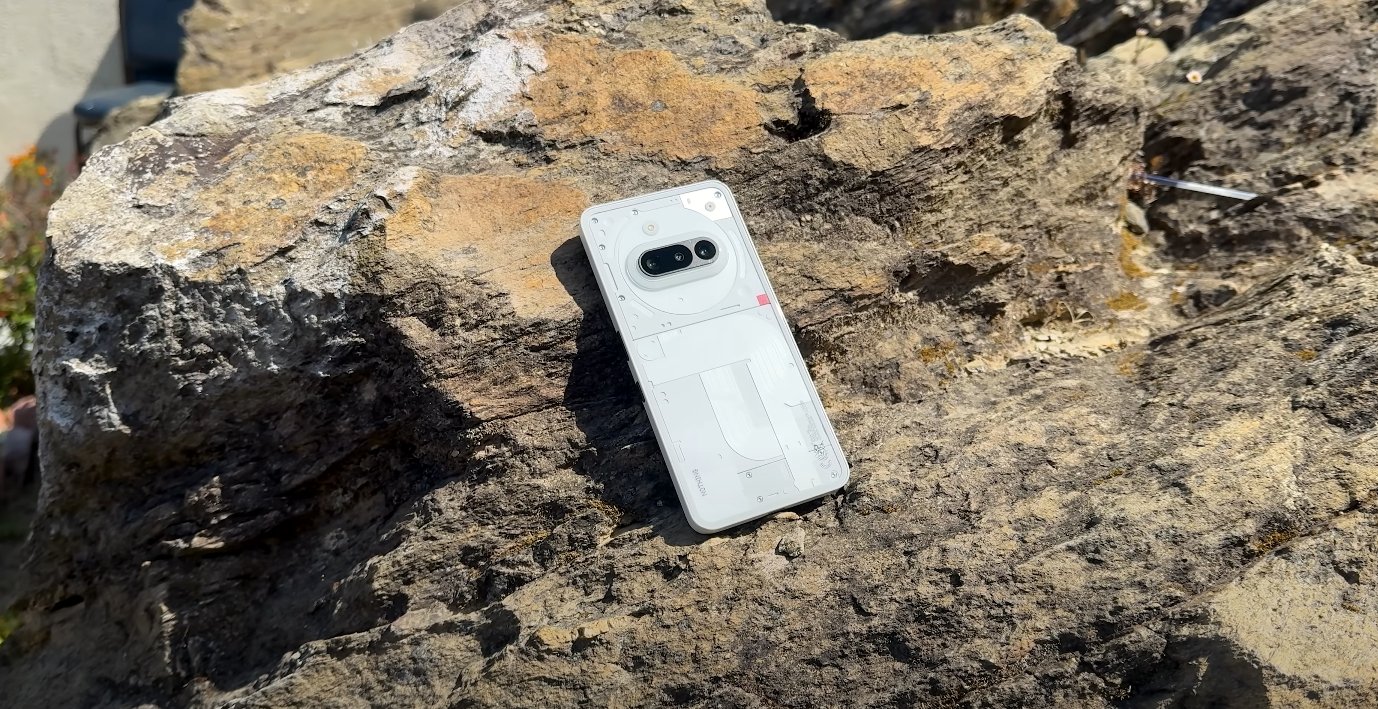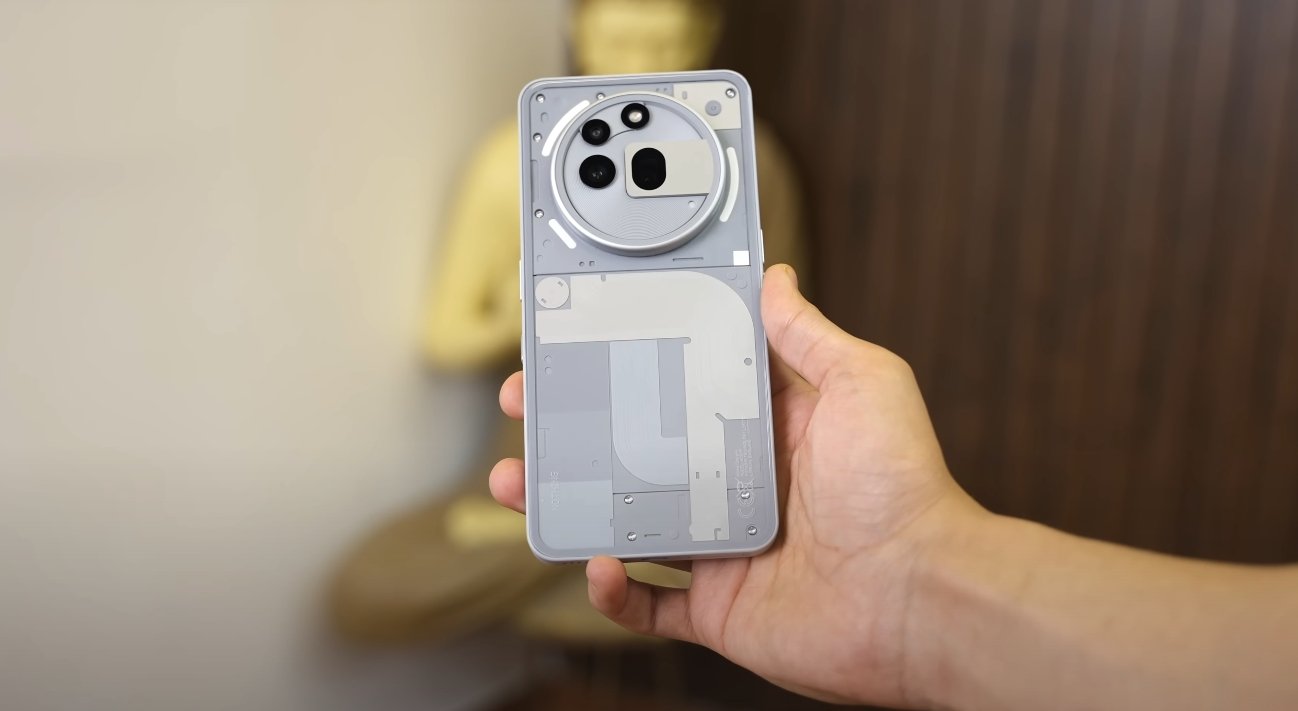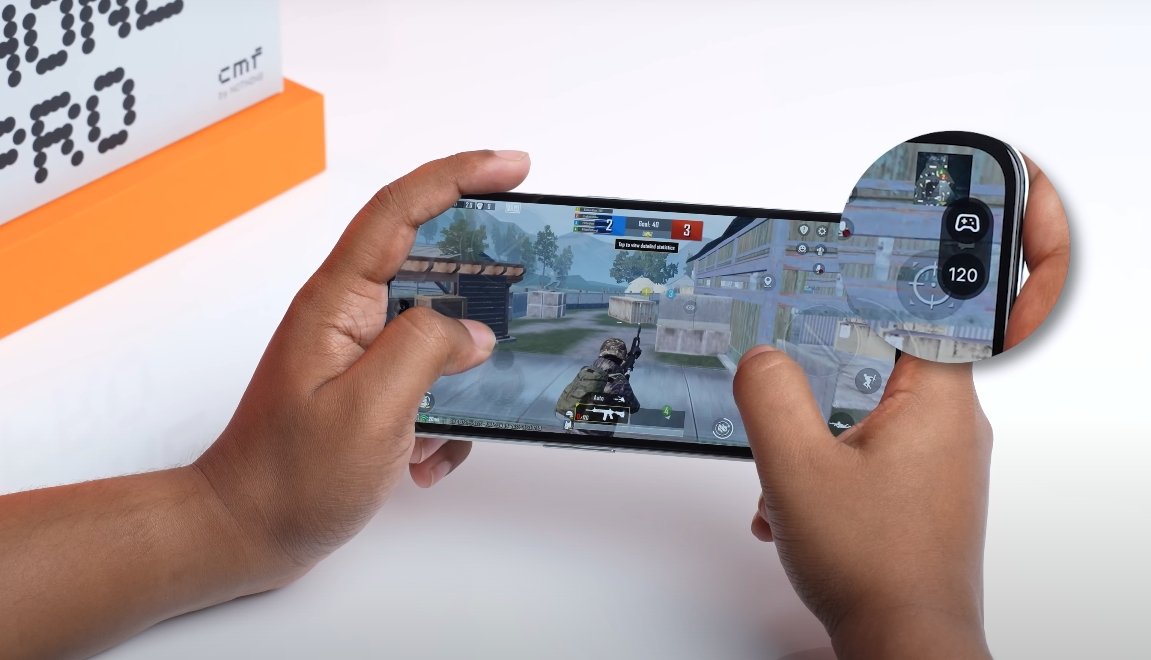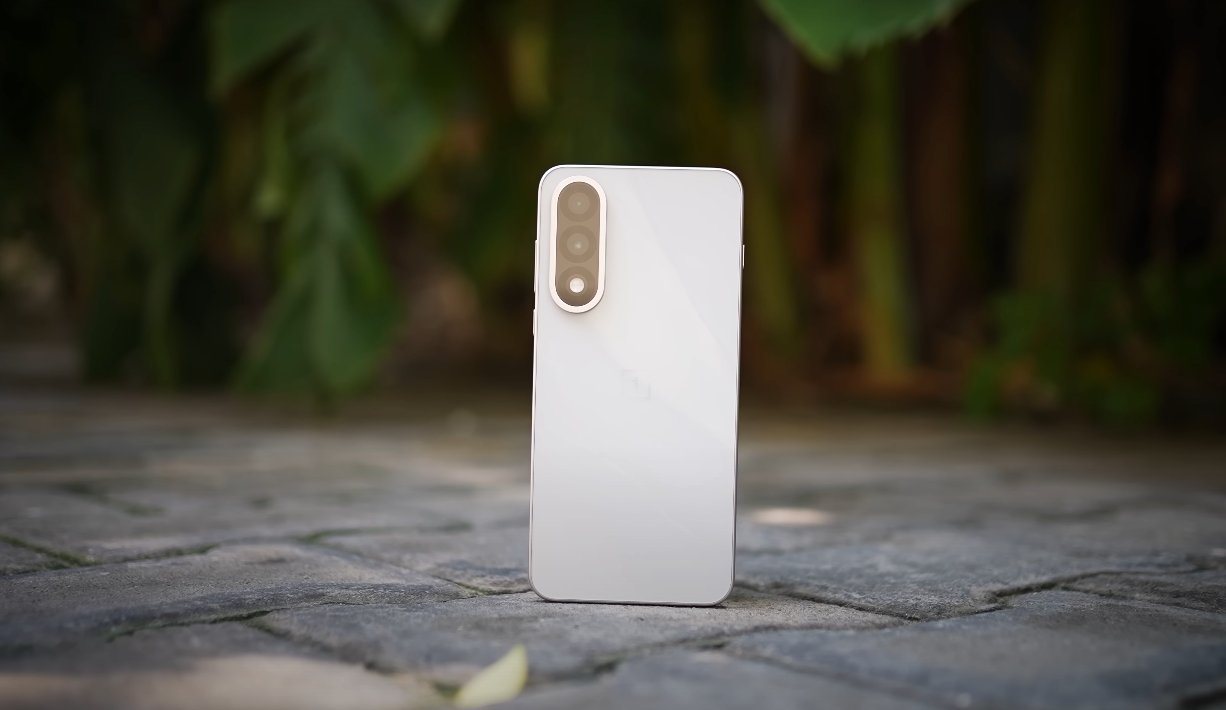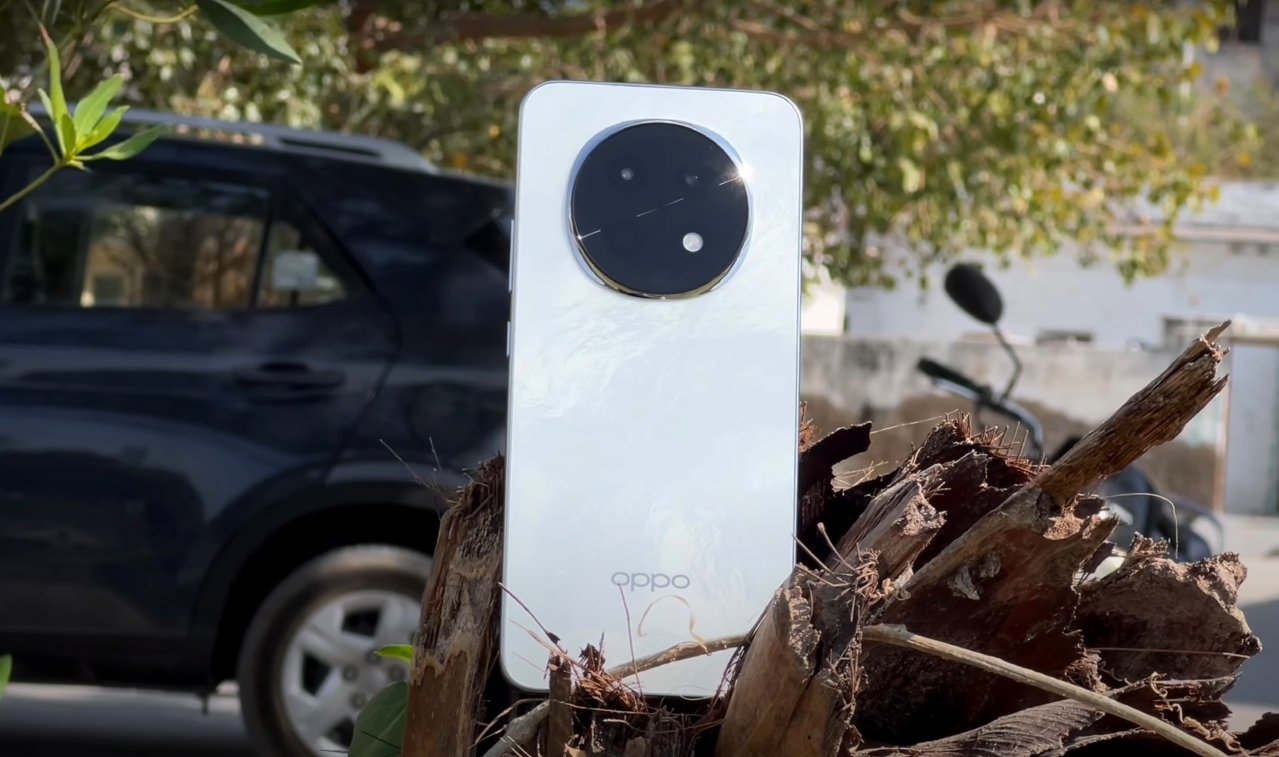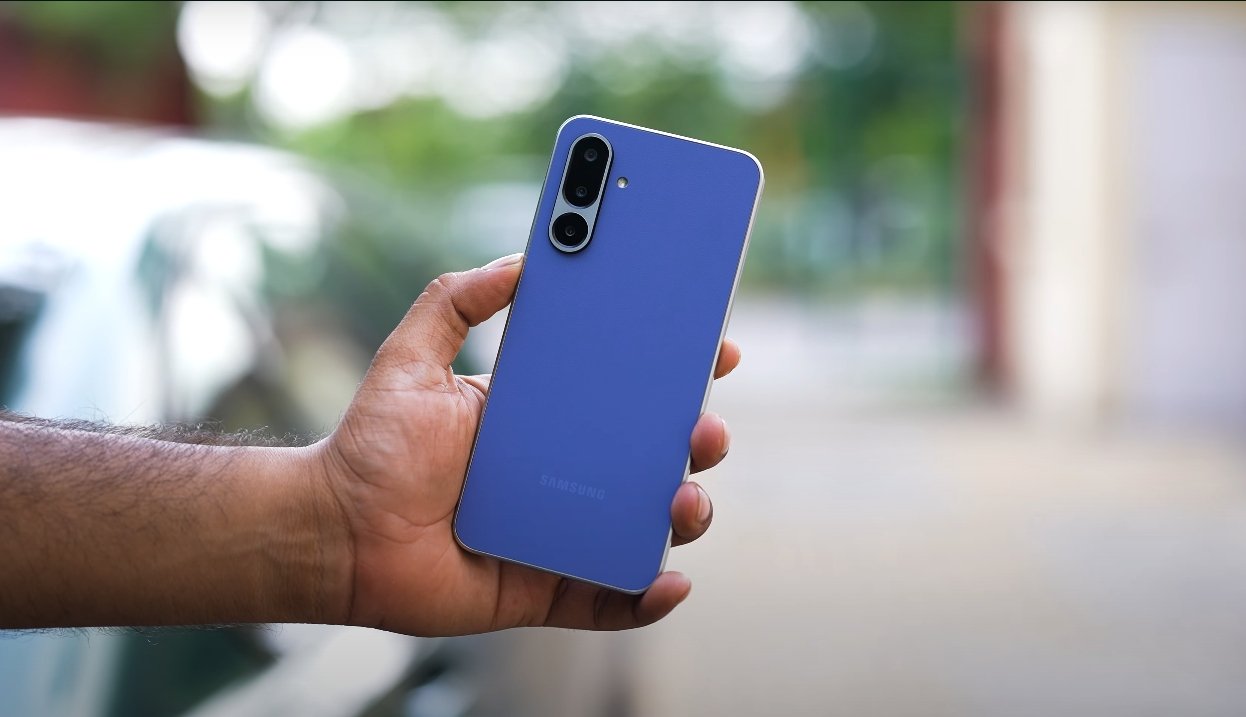Display Brilliance Face-Off Between Two Flagship Giants
In the high-end smartphone space, the display often defines the user experience. With the Xiaomi 17 Pro Max and Samsung Galaxy S24 Ultra both representing the best from their brands, the battle for display clarity becomes a central point of comparison. Both phones boast cutting-edge OLED panels, extreme brightness levels, and adaptive refresh rates, but subtle differences make each stand out in its own way.
The Xiaomi 17 Pro Max features a massive 6.9-inch LTPO AMOLED panel that offers a peak brightness of around 3,500 nits, pushing it among the brightest displays on the market. Its 1–120Hz adaptive refresh rate ensures smooth visuals whether scrolling through apps or playing games. On the other hand, Samsung’s Galaxy S24 Ultra continues its legacy of premium screen technology with a 6.8-inch Dynamic AMOLED 2X panel and QHD+ resolution, offering an incredible 505 pixels per inch. This results in razor-sharp clarity that keeps text and icons crisp, even under close inspection.
When it comes to brightness, Xiaomi’s advantage is clear in outdoor use. The 17 Pro Max maintains excellent visibility even in direct sunlight, making it ideal for users who spend time outdoors or travel frequently. The S24 Ultra, however, counters with exceptional color management and Samsung’s advanced “Vision Booster” technology, which adjusts brightness and contrast dynamically based on ambient lighting. While its peak brightness of around 2,600 nits may be slightly lower, the adaptive tone mapping ensures a balanced and consistent viewing experience without harsh glare or color washout.
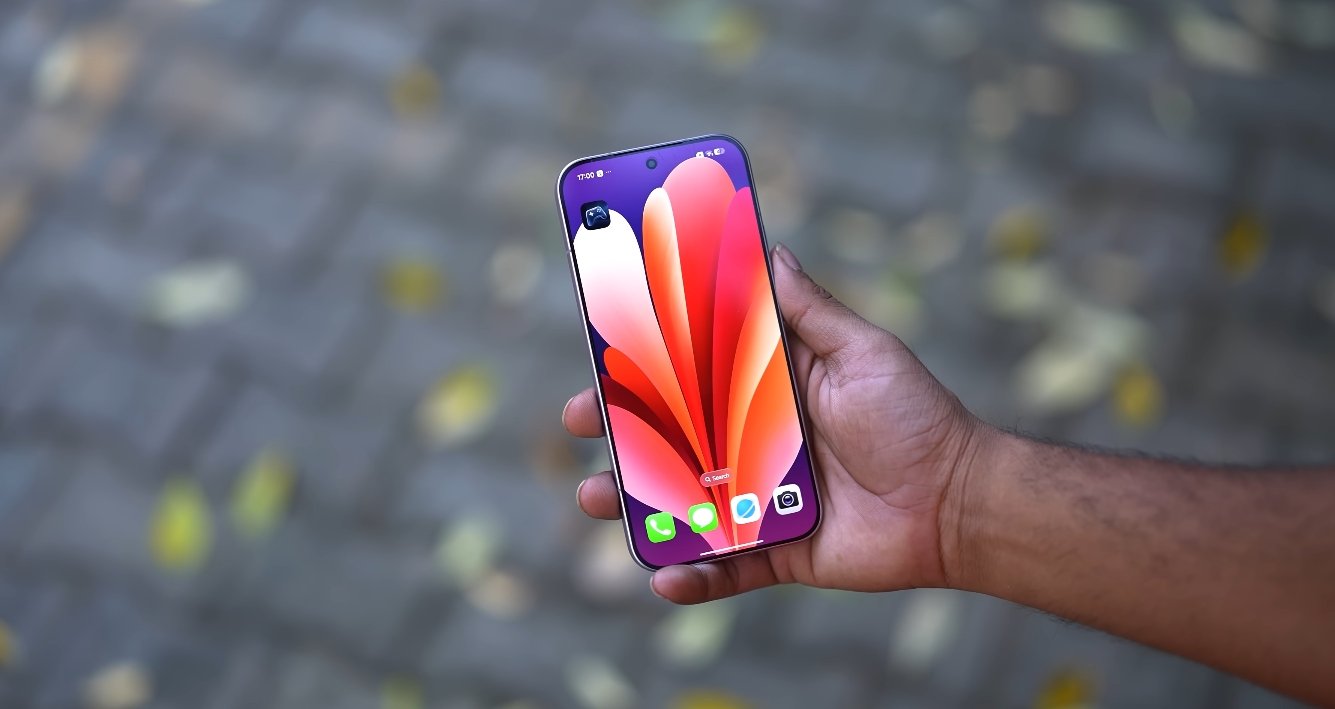
Color reproduction is another area where both devices shine. Xiaomi employs a 12-bit color depth display capable of rendering over 68 billion shades, giving photos and videos stunning realism. The contrast ratio remains exceptionally high, delivering true blacks and punchy highlights. Meanwhile, Samsung’s tuning emphasizes accuracy, with natural skin tones and fine calibration straight out of the box. The Galaxy S24 Ultra supports HDR10+ and maintains perfect consistency across various lighting environments, making it a favorite for content creators and media enthusiasts who demand precise visual control.
Motion clarity is almost identical on both models thanks to their LTPO technology. Each device adjusts its refresh rate from as low as 1Hz to as high as 120Hz depending on the content being displayed. This not only conserves battery power but also ensures buttery-smooth transitions while gaming or navigating through apps. Xiaomi’s implementation feels slightly more responsive during fast-paced scenes, while Samsung’s superior touch sampling rate adds fluidity to scrolling and gestures, especially in multitasking scenarios.
Under daily use, both displays perform exceptionally well. Indoors, the difference between them is minimal; both deliver vivid, immersive visuals that make media consumption a pleasure. Outdoors, Xiaomi’s higher peak brightness gives it an advantage in readability, particularly under harsh sunlight. However, Samsung’s display tends to maintain steadier tone balance without oversaturation, which might appeal to those who prefer a more natural color presentation. The Galaxy S24 Ultra’s ultra-low reflectivity glass also plays a role, reducing glare when viewed from different angles.
Design integration enhances the overall display experience too. Xiaomi’s near-borderless screen, with ultra-thin bezels and a centered punch-hole camera, maximizes usable space and makes the viewing area feel almost infinite. Samsung’s curved edges are now slightly flatter, offering improved usability without accidental touches, while still maintaining a sleek, premium aesthetic. Both phones support Dolby Vision and HDR playback, ensuring cinematic performance when streaming or watching high-resolution content.
Battery efficiency tied to display performance also matters. Xiaomi’s panel uses the latest LTPO 2.0 technology, which dynamically scales down refresh rates during static content, helping to extend screen-on time. Samsung’s optimization is equally impressive, balancing brightness and refresh control automatically to prevent unnecessary power drain. This results in extended battery life without compromising clarity or smoothness.
In the end, choosing between the Xiaomi 17 Pro Max and Galaxy S24 Ultra for display clarity depends on personal preference. Xiaomi offers unparalleled brightness and bold, vibrant visuals that stand out even in extreme lighting. It’s ideal for users who want maximum impact and outdoor visibility. Samsung, meanwhile, delivers pinpoint sharpness, precise colors, and unmatched tuning consistency — perfect for those who value professional-grade accuracy and smooth performance across all conditions.
Both devices represent the pinnacle of modern display technology, pushing OLED panels to their limits. The Xiaomi 17 Pro Max takes the crown for sheer brightness and outdoor readability, while the Galaxy S24 Ultra edges ahead in resolution, calibration, and overall polish. For most users, either choice guarantees one of the best visual experiences available in a smartphone today, proving how far display clarity has evolved in the flagship era.
Also Read: OxygenOS 16 Gemini AI features explained for beginners
